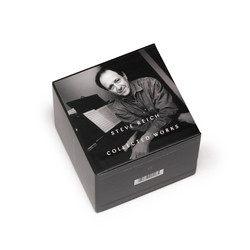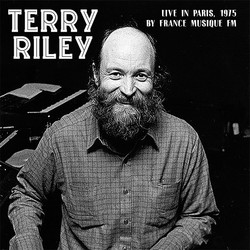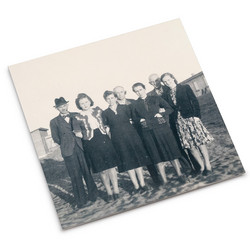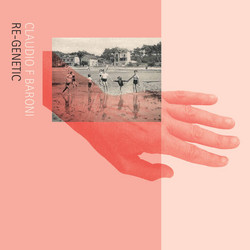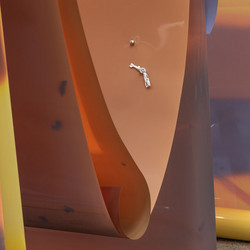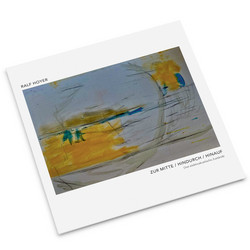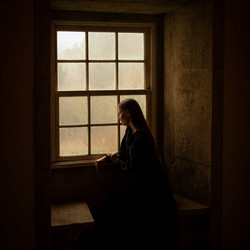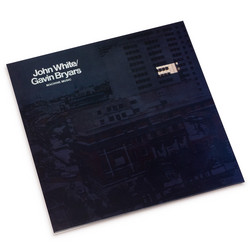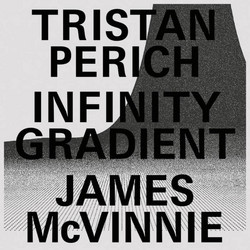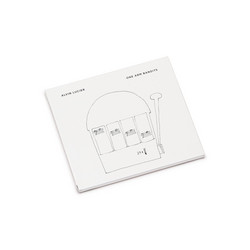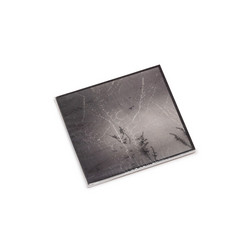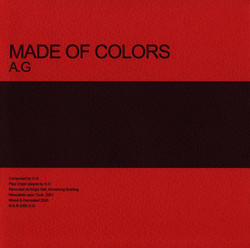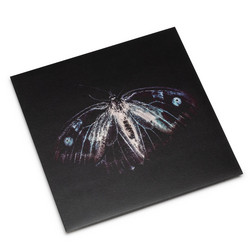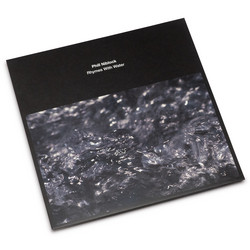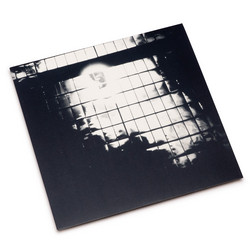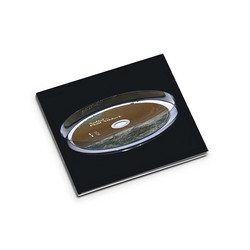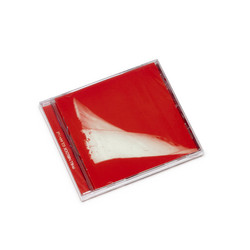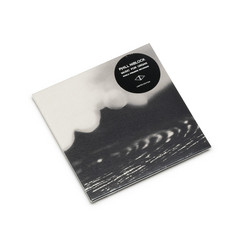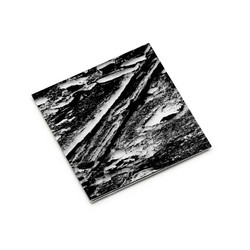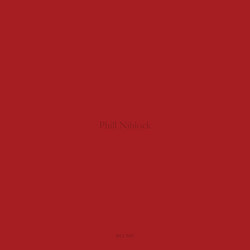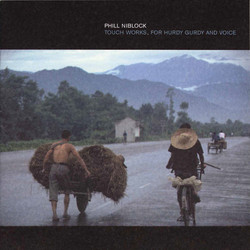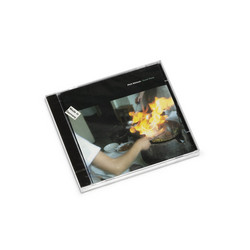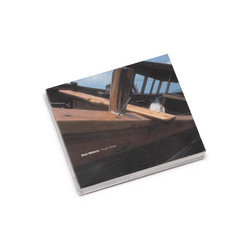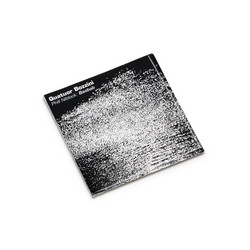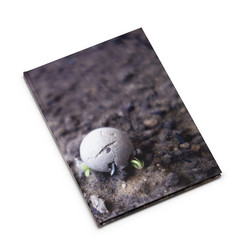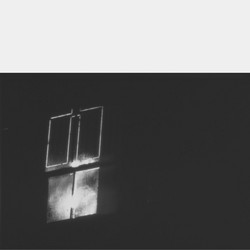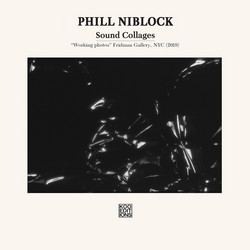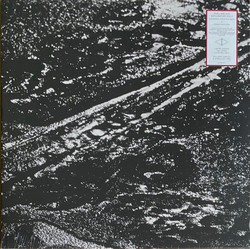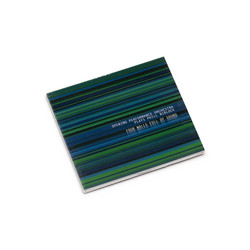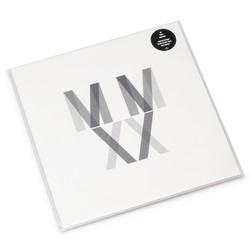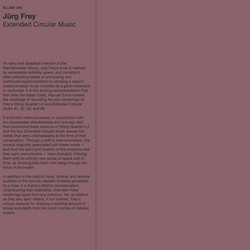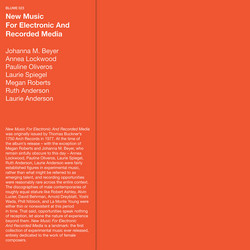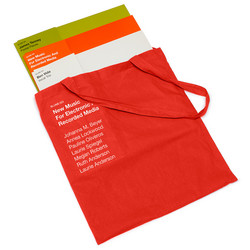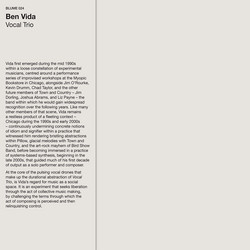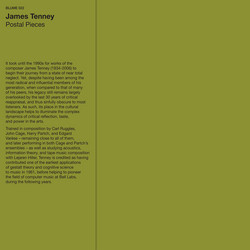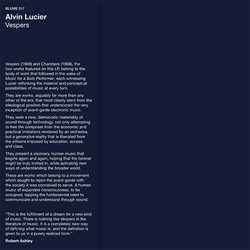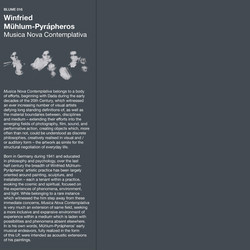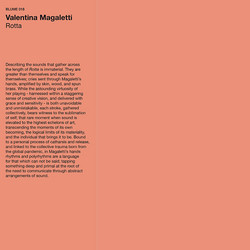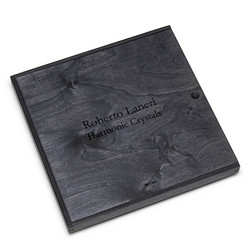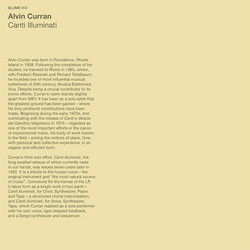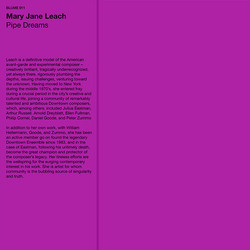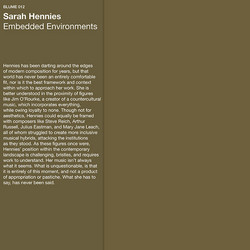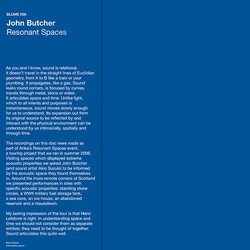Alan Licht's minimal Top Ten
Alan Licht's revelatory lists of rare and obscure minimalism releases.
See allPhill Niblock
Four Full Flutes (2LP Wooden Box)
Label: Blume
Format: 2LP Box
Genre: Compositional
Out of stock
** Few copies back in stock** Born in Indiana during October 1933, since his arrival in New York City in 1958, Phill Niblock has occupied a central position within the world of avant-garde and experimental practice. Relentlessly active, his work as a visual artist and composer, in addition to his support of others via Experimental Intermedia - the performance venue he has run from his Soho loft since in 1968 - and XI - the label he founded in 1990 - have continuously lit a path for his peers and the generations that have followed in his wake.
Niblock’s career began as a photographer and filmmaker - disciplines through which he continues to work - but in 1968 he took the radical step toward musical composition, channeling a life-long passion for listening into an entirely singular practice that intertwined subtle micro-tonalities produced by a range of acoustic instruments with previously unexplored creative approaches to magnetic tape. Culminating as an unprecedented realization of minimalist drone - reaching maturity around the middle of the following decade - this emerging body of compositions would come to define Niblock as one of the most important artists of his generation, foreshadowing numerous musical movements that would appear over the later 20th and early 21st centuries.
Because of Niblock’s rigorous attention to detail and observance of auditory phenomena produced by high volumes, his early works, created during the second half of the 1970s and early 1980s, were initially conceived to be only performed live, a fact not without irony given that the composer’s love for music began with veracious record collecting. Consequently, Niblock’s forays into commercially distributed music didn’t arrive until he was more than a decade into his career, long after those of immediate peers like Terry Riley, La Monte Young, David Behrman, Alvin Lucier, etc. Despite this, his first two LPs, 1982’s “Nothin to Look at Just a Record” and 1984’s “Niblock For Celli / Celli Plays Niblock”, remain seminal, game-changing entries in the canon of minimal music. His third full length, “Four Full Flutes” - no less important for an entire generation who encountered it following its release in 1990 by Experimental Intermedia as the first CD in their XI series - dates from the same era of compositions as its predecessors, but found Niblock’s attitude toward the potential activated by home playback moderately changed.
“Four Full Flutes” comprises four works - “P K”, “S L S”, “P K & S L S”, and “Winterbloom Too” - roughly 20 minutes each, composed for flute by Niblock toward the end of the '70s and early '80s. Each deploys the compositional system within which he has worked for the better part of his career; combining sustained tones of specific durations, rigorously produced at microtonal intervals by the respective musicians - Petr Kotik for “P K”, Susan Stenger for “S L S”, Petr Kotik and Susan Stenger for “P K & S L S”, and Eberhard Blum for “Winterbloom Too” - before arriving at their final form through meticulous work with magnetic tape on the part of the composer.
While easily overlooked in the face of their remarkable harmonic qualities and singularity within the field of experimental music, each of “Four Full Flutes”’ compositions carries a profound sense of creative radicalism. They are musique concrète conceived for acoustic instrumentation, something that had never been done on these terms prior to Niblock’s musical endeavors. Like other notable members of his generation - Éliane Radigue, David Behrman, Alvin Lucier, etc. - and far more than most others, Niblock’s practice is intrinsically bound to the 20th Century, harnessing technological development to push the very definitions and possibilities of music, while retaining the remarkable sense of humanity delivered by each instrumentalist.
Among the most beautiful and listenable of Niblock’s works from his early period, the shimmering harmonics of “P K”, “S L S”, “P K & S L S”, and “Winterbloom Too”, listened to at heightened volumes, are laden with the potential for rich acoustic and psychoacoustic phenomena - otoacoustic emission, combination tones, interference patterns, etc - but upon their release on CD in 1990, an important element of “Four Full Flutes” remained out of reach. The album had been conceived as a double LP by Niblock, rooted in the fact that “P K” and “S L S” were composed as a pair, to be heard autonomously or in combination on two turntables. “P K & S L S” - constructed by Niblock from the pair - is but one example of numerous possible outcomes.
Blume Edition’s first-ever vinyl release of the album proudly activates the composer’s original hopes for these works, opening their remarkable depths for a new generation of listeners and the well-seasoned alike. Mastered by Giuseppe Ielasi.

